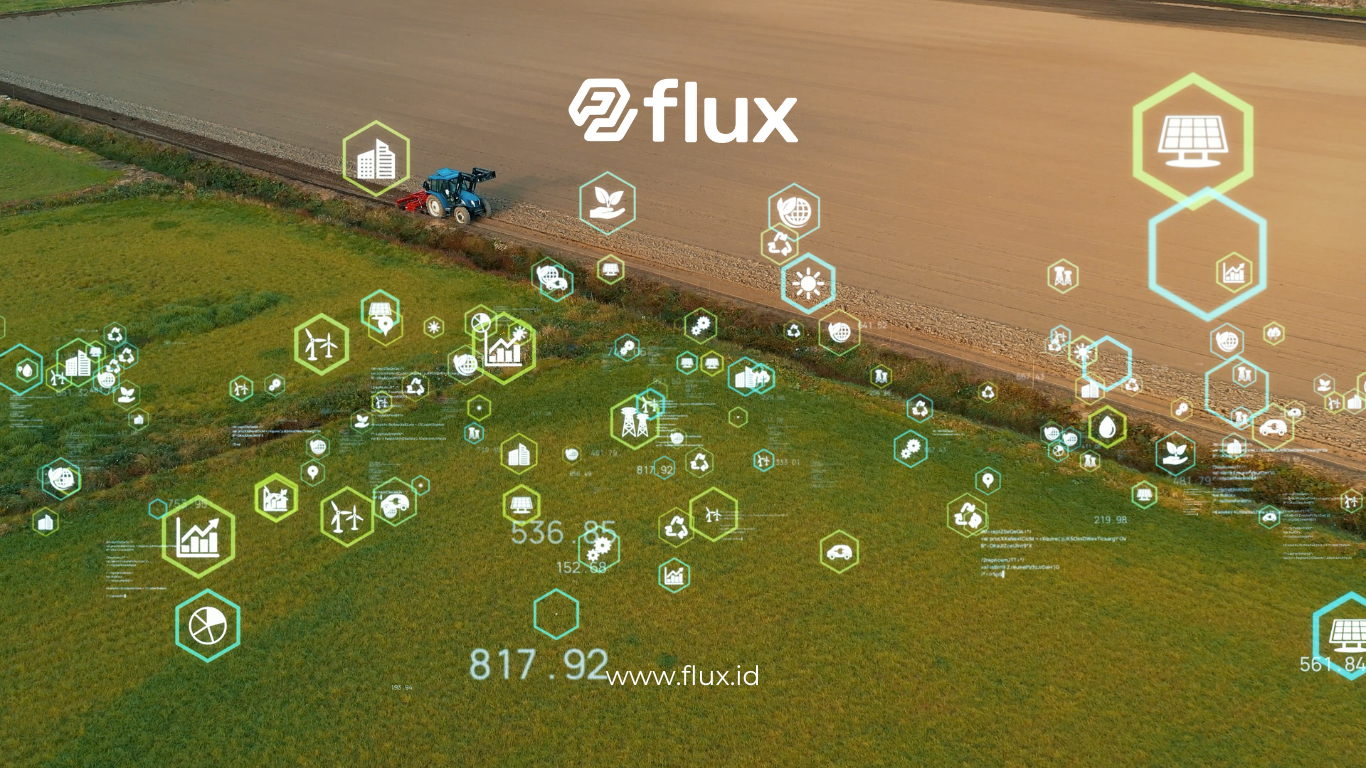Don't miss our holiday offer - 20% OFF!
Modern agriculture increasingly relies on technological innovations to boost productivity and efficiency. One of the key technologies driving this transformation is the Internet of Things (IoT), with the use of sensors that support better decision-making. IoT sensor technology allows farmers to monitor plant health and soil conditions in real-time, enabling them to respond to plant needs faster and more accurately. This article will discuss how IoT sensors work in agriculture and the benefits they offer.
Contents
- 1 What Is IoT Technology in Agriculture?
- 2 Types of IoT Sensors Used in Agriculture
- 3 Benefits of IoT Sensor Technology in Agriculture
- 4 Case Study: Implementing IoT Sensors in Agriculture
- 5 Challenges and Solutions in Implementing IoT Technology in Agriculture
- 6 The Future of Agriculture with IoT Technology
- 7 Conclusion
What Is IoT Technology in Agriculture?
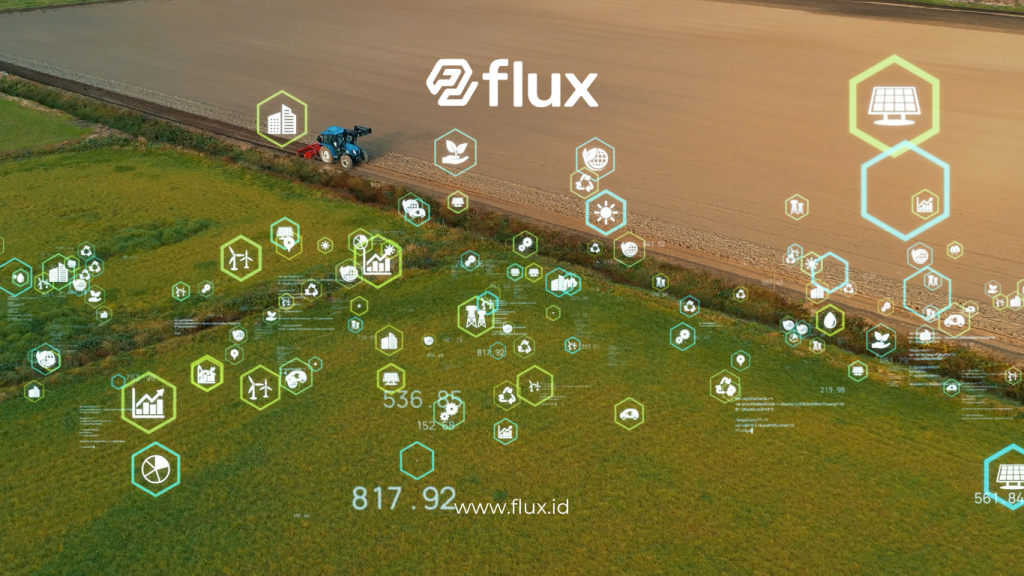
The Internet of Things (IoT) in agriculture refers to a network of connected sensor devices that transmit data via the internet. This technology allows farmers to collect data on various aspects of farming, such as soil moisture, weather conditions, and soil nutrient levels. With accurate and up-to-date data, farmers can make more informed and efficient decisions.
How IoT Technology Works in Agriculture
IoT technology works by connecting sensors placed in agricultural fields to a platform that can be accessed via the internet. The data collected by the sensors are processed to provide insights to farmers about the conditions of their plants and soil. For example, soil moisture sensors can inform when a field needs irrigation, while air temperature sensors can provide early warnings of extreme weather conditions that could harm crops.
Types of IoT Sensors Used in Agriculture
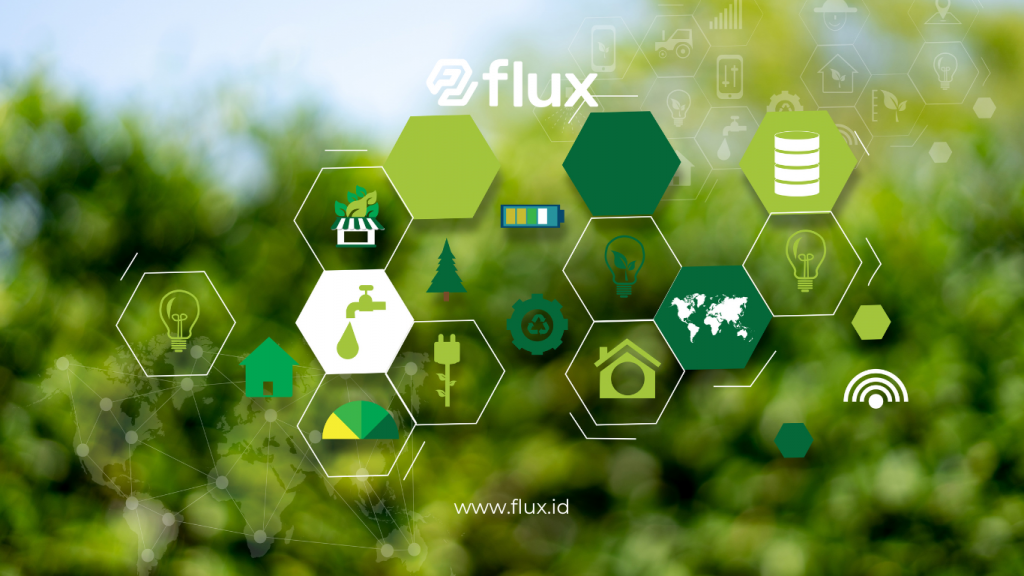
Several types of IoT sensors are commonly used in agriculture to monitor various environmental and plant-related factors. Below are a few examples:
1. Soil Moisture Sensors
Soil moisture sensors measure the amount of water available in the soil. This data helps farmers determine when crops need watering. This technology is useful in avoiding overwatering, which can waste water and harm crops.
2. Air Temperature and Humidity Sensors
These sensors measure the temperature and humidity around crops. These environmental conditions significantly affect plant growth. The data from these sensors allow farmers to adjust farming practices according to weather conditions, such as setting up shade or increasing irrigation when temperatures get too high.
3. Soil Nutrient Sensors
Soil nutrient sensors measure the levels of nutrients like nitrogen, phosphorus, and potassium in the soil. This information is crucial as nutrient imbalances can lead to suboptimal plant growth. With this technology, farmers can adjust fertilizer application to meet the specific needs of their soil.
4. Soil pH Sensors
Soil pH plays a vital role in nutrient absorption by plants. With soil pH sensors, farmers can ensure that the pH level is within the optimal range for a particular crop. The data obtained from these sensors allow farmers to adjust pH levels by adding neutralizing agents such as lime or sulfur.
Benefits of IoT Sensor Technology in Agriculture
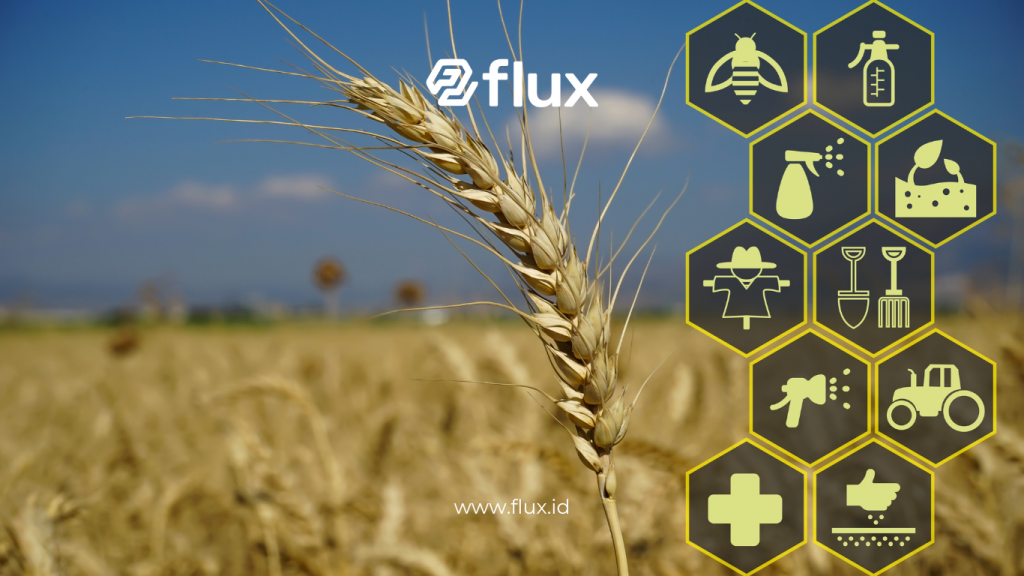
The use of IoT sensors in agriculture offers significant benefits. Some of the main benefits include:
1. Resource Efficiency
With sensor technology, farmers can monitor water and fertilizer use more effectively. The data collected allows them to provide water and nutrients precisely when plants need them, reducing resource waste and improving efficiency.
2. Increased Crop Productivity
By monitoring soil and plant conditions in real-time, farmers can respond quickly to changing plant needs. This allows for optimal plant growth and results in higher-quality produce.
3. Reduced Risk of Crop Failure
With IoT sensors, farmers can detect early signs of problems like water shortages, nutrient imbalances, or pest attacks. This gives farmers enough time to take preventive action, reducing the risk of crop failure.
4. Operational Cost Savings
With IoT sensor technology, farmers can save on operational costs such as water, fertilizer, and energy usage. Additionally, with automated monitoring, farmers no longer need to spend much time manually checking crop conditions, saving labor costs.
5. Environmentally Friendly Farming
IoT sensor technology also helps make farming more sustainable. By efficiently managing resources, this technology reduces the negative impact on the environment, such as excessive water use or pollution from improper fertilizer application.
Case Study: Implementing IoT Sensors in Agriculture
Several developed countries have adopted IoT sensor technology on a large scale to improve their agricultural productivity. For example, in the Netherlands, farmers use IoT sensors to optimize irrigation and fertilization in their fields. As a result, they have increased crop yields by up to 20% while reducing water and fertilizer usage.
In India, smallholder farmers using this technology reported higher agricultural yields and lower operational costs. This technology enables them to compete with larger farmers who have more resources.
Challenges and Solutions in Implementing IoT Technology in Agriculture
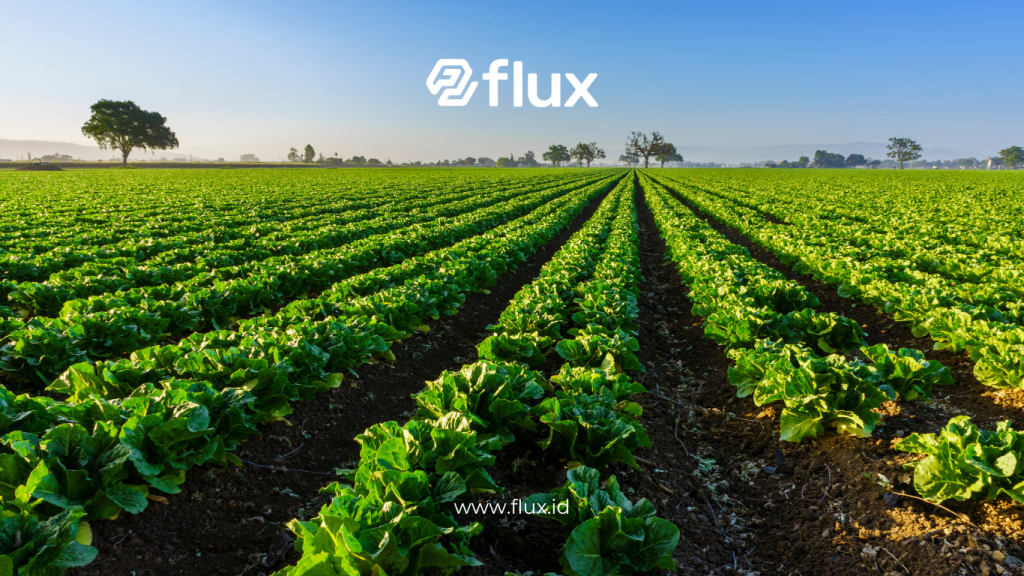
Read More: Modern Agriculture with IoT Sensors for Plant Monitoring
While IoT sensor technology offers many benefits, there are several challenges that must be addressed when implementing it in agriculture. These challenges include:
1. High Initial Costs
IoT sensor technology is still relatively expensive, especially for small-scale farmers. The solution is to provide subsidies or government programs that support the adoption of this technology.
2. Limited Internet Connectivity
In some rural areas, internet infrastructure may not support IoT implementation. To address this, the development of internet networks in rural areas should be accelerated, or satellite-based communication networks that have wider coverage can be used.
3. Lack of Technological Knowledge
Many farmers are unfamiliar with this technology. Training and education for farmers should be enhanced so they can fully utilize IoT sensor technology.
The Future of Agriculture with IoT Technology
IoT sensor technology has great potential to revolutionize the agricultural industry. With ongoing technological advancements, sensor prices are expected to become more affordable, and this technology will become more accessible to farmers worldwide. Additionally, integration with artificial intelligence (AI) will enable smarter data analysis, helping farmers make more precise and proactive decisions in caring for their crops.
Conclusion
The use of IoT sensor technology in agriculture has proven to increase efficiency, productivity, and sustainability. By monitoring plant health and soil conditions in real-time, farmers can optimize resource use, reduce the risk of crop failure, and increase agricultural yields. While still facing challenges in terms of cost and infrastructure, the future of IoT agriculture is bright, and this technology is expected to become a key pillar of modern farming in the future.


